
It is so important to plan ahead when thinking of competing in an eventing season - We plan our holidays! There are several considerations to take into account, is my horse fit enough? What do I need to take with me? With this guide incorporated with our expert’s top tips, we can help you and your horse be fully prepared for this eventing season!
Here are our top tips for preparing for the eventing season.
Here are our top tips for preparing for the upcoming eventing season.
- Pick your events
- Horse care routine
- Tack cleaning regime
- Ensure your horse is in top form
- Plan your coaching sessions
- Plan your event day and recovery
- Pack your competition bag
- Ensure you’re insured
- Take care of your health prior to the competition
- Mental preparation is key
- Set your eventing goals
- Learn your dressage test
- Familiarise yourself with the cross country course
Pick your events
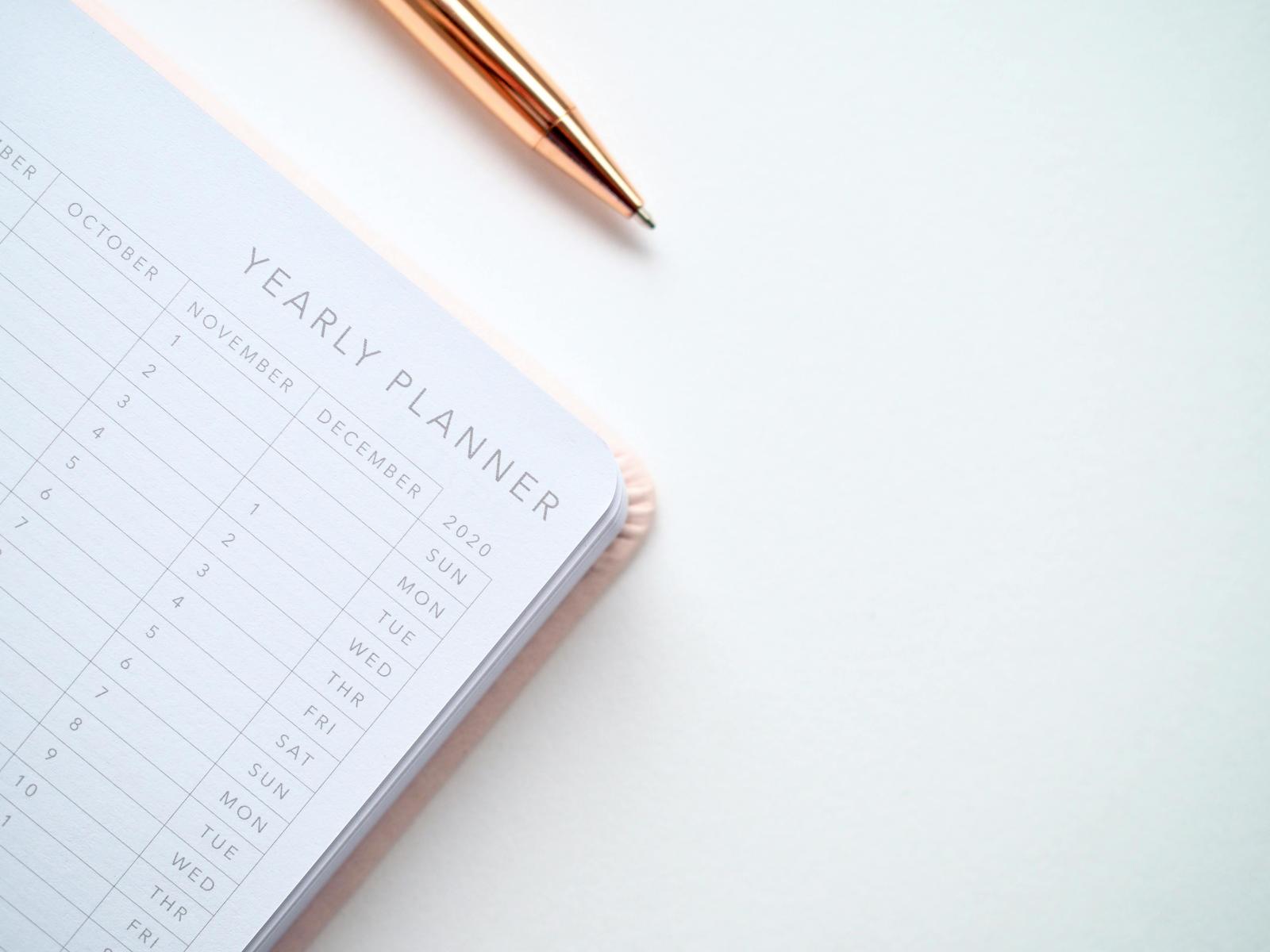
Even though you'd love to attend all events this season you’ll need to pick and choose which events you want to compete in whilst considering time and distance. Search for local event centres near you and take a look into their events calendar. Using a wall planner, calendar or your phone to jot down the dates allows you to keep track of the amount of competitions you’ll be entering. You will also have to consider rules and regulations which will be available on the organisation's website.
Determining the type of event that suits your horse depends on various factors, including the horse's breed, temperament, physical abilities, and your own riding goals. Every horse is different and may be better suited for one discipline over the other.
Are you a first time eventer wanting to attend somewhere quiet for your first time or are you an avid eventer wanting to achieve the big time? Consider your horse's strengths, weaknesses, and preferences, and align those with your own goals and riding style. Additionally, seek guidance from experienced trainers or professionals who can assess your horse's abilities and provide tailored recommendations.
Expert tip: “Plan ahead, know when horse events are open for entries and when they close. Some horse events are on a first come first serve basis, so put some reminders in your calendar. If you really want to attend a particular event you may need to enter straight after it opens! Also ensure you have back-up plans in case certain events don’t run or you don’t get in”.
Tamsin Drew: Amateur Event Rider
Horse Care Routine
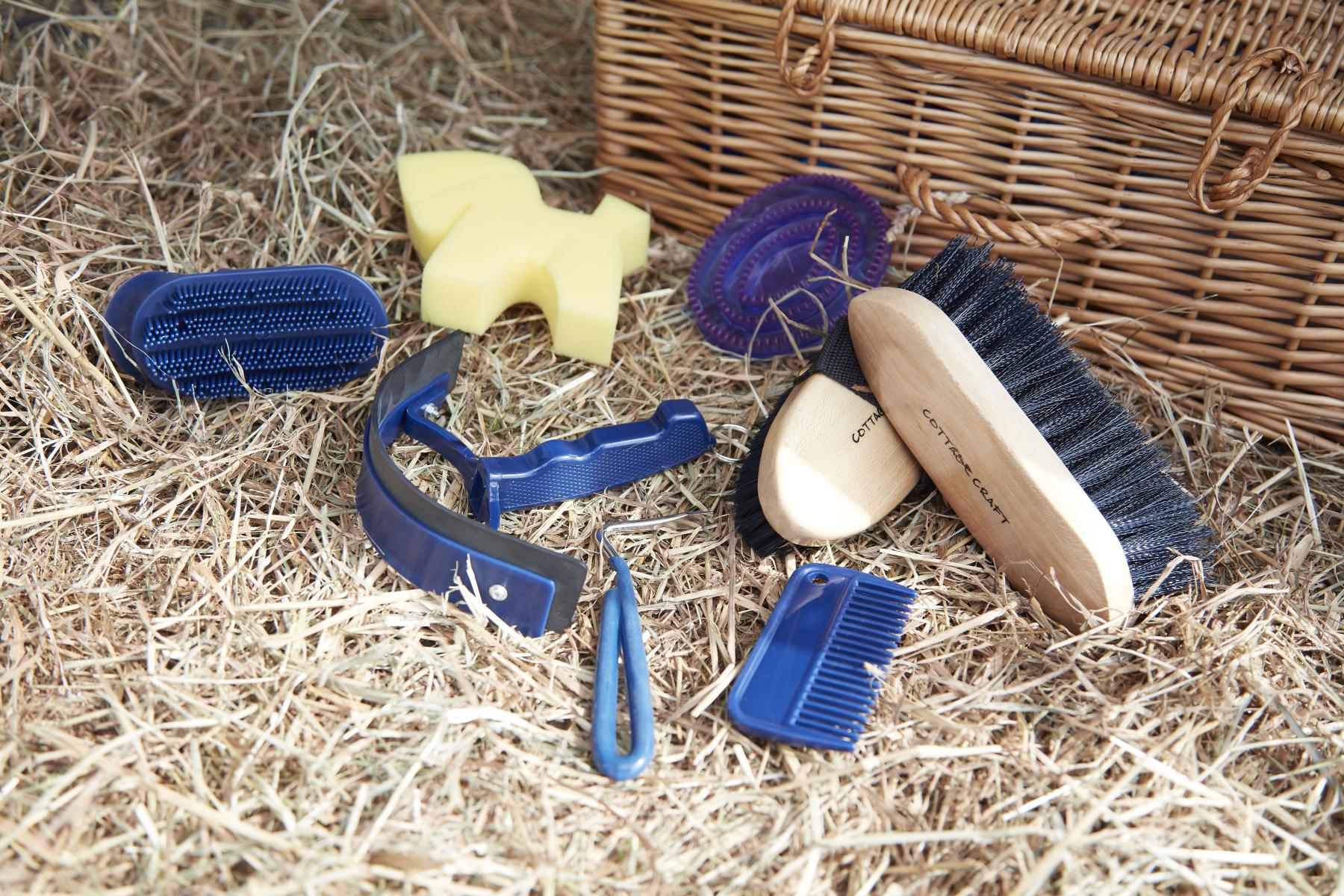
Forget our makeup routines, what is your pony or horse's pamper routine? Even though performance primarily holds high significance at competitions, the appearance of your pony or horse is also very important! All judges appreciate the hours of effort put into bathing and plaiting. It is always a delight to see an immaculate set of white socks or identically rolled plaits. Depending on your horse's coat colour, use a shampoo that will enhance the tones they have in their coats. For example a purple shampoo for a grey. If needed, perform any necessary clipping and trim the horse's mane and tail for a tidy appearance. Common areas include the muzzle, bridle path, and legs. Make sure there is enough time before the event so your pony isn’t whizzy at the competition!
Be aware that many shows have banned the trimming of whiskers (vibrissae). Some disciplines may have specific guidelines for mane and tail length. Some horses have markings such as a star on their face, some owners use makeup or chalk to highlight these features. Ensure that any products used comply with competition rules.
Expert tip: "Focus more on your horse than yourself. Judges will see your horse first, so ensure you write down anything you need to do to prepare for the show, e.g. clipping, scrubbing those feathers or plaiting, keeping in mind any regulations the show could have. Check each step off, keep your horse presentable, then put on your best show gear and you're good to go."
Jamie Finch, Equine Behaviourist
Tack Cleaning Regime

Cleaning a horse's tack is an essential part of horse care whether it be for a competition or general riding. This ensures the equipment remains in good condition and lasts longer. Once your tack is cleaned with saddle soap and dry, applying a leather feed or conditioner revitalises the leather and prevents it from drying out, ensuring a clean and smart look.
Expert tip: “ All of my tack will be cleaned the day before an event. If I ride the day before to either run through tests or just a hack, I will make sure the tack is cleaned once they're ridden and sorted”.
Shaun Malpass: Equine Yard Manager - Askham Bryan College
Equine Health
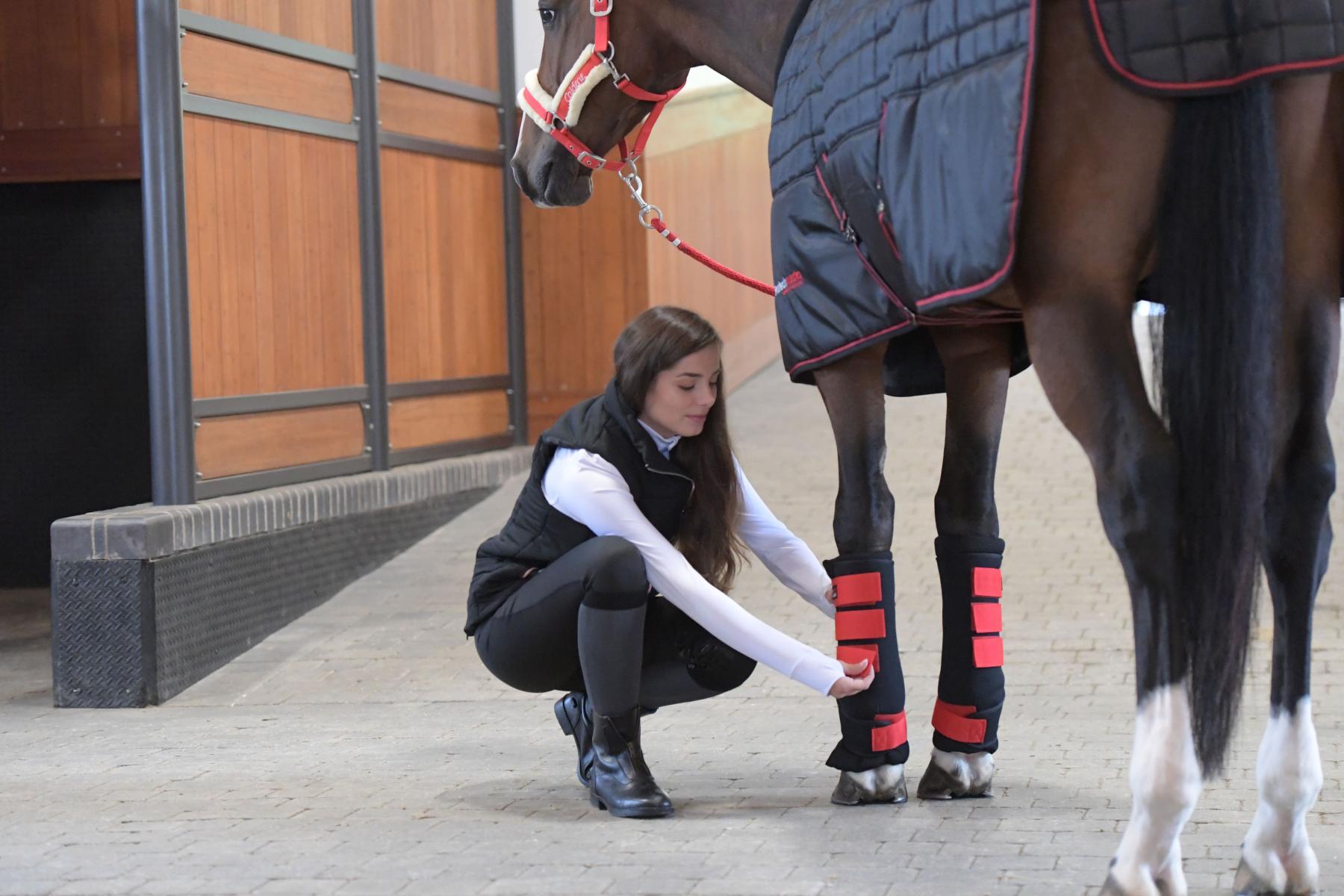
Another important fact to consider are health checks. When was your horse’s last check up from the dentist, physio, chiropractor & farrier? Regular health checks are essential to ensure the well-being of your horse. Monitoring a horse's health involves a combination of daily observations, routine veterinary examinations, and preventive measures. Many events do have protocols with vaccinations so ensure your horses vaccinations are up to date. A lot of events also carry out trot ups to ensure the horse is not lame upcoming to the competition.
Expert tip: “I make sure my horses are fed correctly during all seasons of the year, but especially in competition season. I have feed specialists visit my horses regularly to weigh the horses and recommend any changes that may be required for the horses best way of going and utmost condition”.
Shaun Malpass: Equine Yard Manager - Askham Bryan College
Coaching Sessions & Fitness
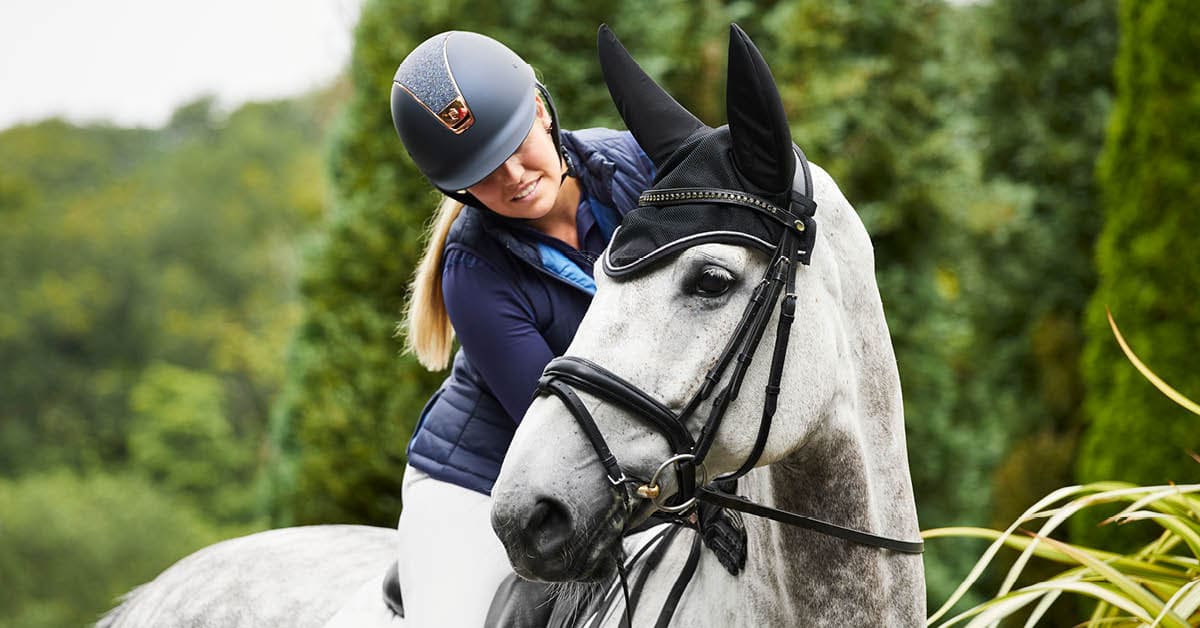
Planning your riding or coaching lessons allow riders to focus on specific skills and techniques relevant to their competition. Whether it's improving dressage movements, refining jumping techniques, or mastering cross-country elements, targeted lessons help build and enhance the necessary skills. Through careful planning, coaches can identify and address the weaknesses or challenges faced by the rider and horse. Targeted exercises can also be designed to improve areas that may be hindering performance in specific competition elements.
Designing a horse's training regime should be tailored to the individual horse's needs, age, fitness level, and the specific demands of the chosen discipline. Also depending on the workload of your horse, you may need to change the amount of feed. The higher the workload, the higher the amount of feed you should provide.
Expert tip: “After letting the horses have down time and turning them away from the end of the season in October, I begin my horses event fitness at the start of the year. They will hack most of January and half of February with lots of hill work and interval training. By mid Feb, the horses would be expected to trot and canter for a good 20/25 minutes. From this point, I will start and train them on the flat and begin jump training at different venues, to keep their eye in and work on any issues raised last season”.
Shaun Malpass: Equine Yard Manager - Askham Bryan College
Plan your event day and recovery
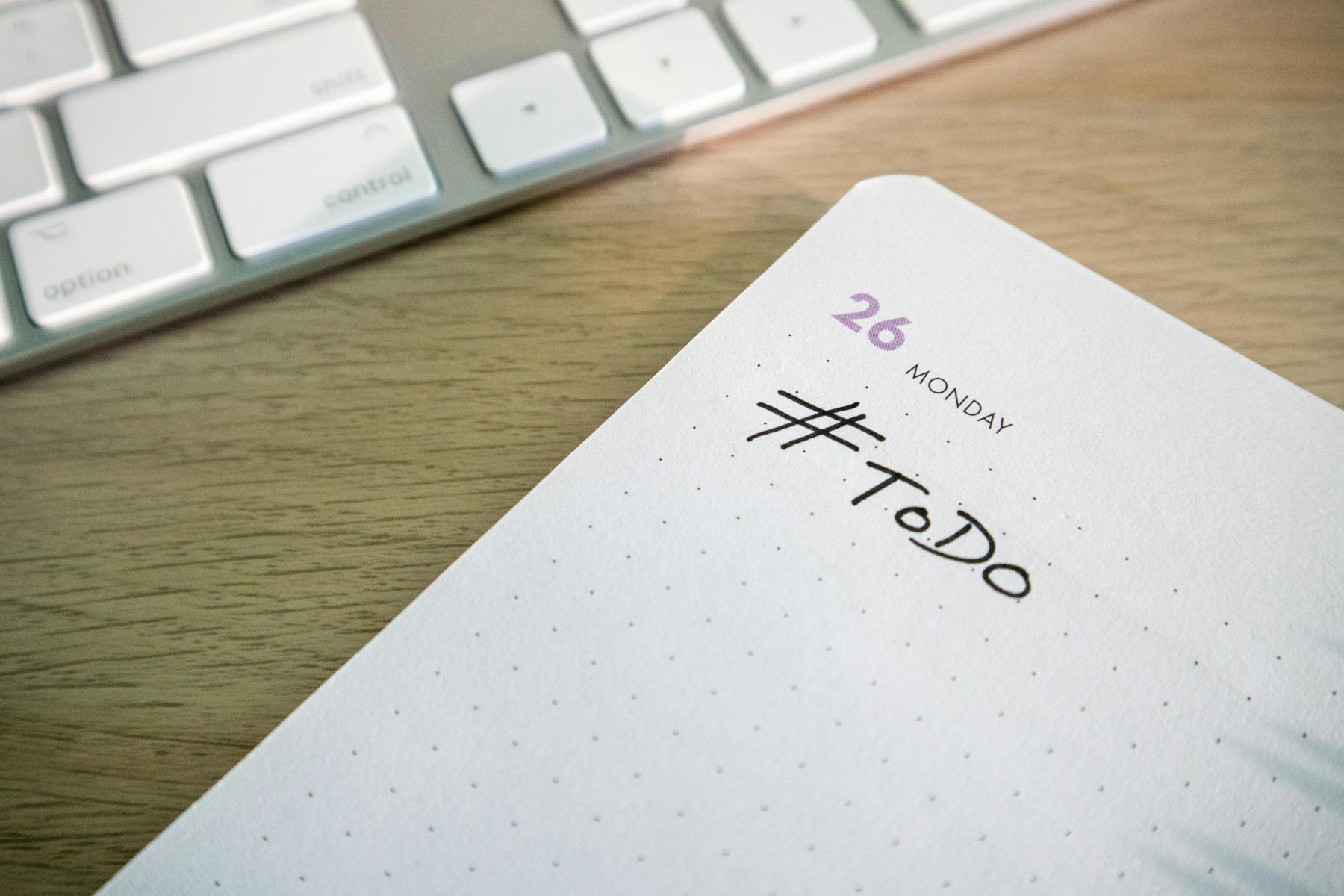
Writing a competition checklist is crucial for ensuring that both you and your horse are well-prepared for the event. A comprehensive checklist helps you organise and gather all the necessary items, ensuring a smooth and stress-free competition experience.
Are you travelling solo or with your bestie? It is always easier to compete when you have a spare pair of hands. Make sure you decide and communicate well in advance to ensure you’ve got the help you need in enough time. Plan your event day ahead of time; allocate enough time for travelling to/from the event whilst incorporating any delays in travelling and also time to warm up.
In all of the excitement, it is easy to forget the more important aspects; do you need time off work? Creating a timetable of your day will help keep the day calmer and structured. Finally, leave time to walk the course both Cross Country and Show Jumping, know where you are going but also what you are doing at each fence.
You know what else is easy to forget? Your recovery and rest. Prioritising recovery and rest is crucial for both you and your equine partner. After an intense competition, allow for ample rest and relaxation time to prevent fatigue and promote physical and mental well-being. Incorporate stretching exercises and massage techniques into your horse's routine to aid in post-event recovery and reduce the risk of injury. Pay close attention to your own body as well, ensuring you get sufficient sleep and downtime between events to avoid burnout. By prioritising recovery and rest, you'll ensure that both you and your horse stay healthy, happy, and ready to tackle the challenges of the eventing season.
Expert tip: “Write a list of everything you need to have on the day. Check you have booked in stud holes (if you use studs) with your farrier. Check your stud box and studs are clean and ready. Check your air jacket, body protector and hats are in full working order. Make sure you’re British Eventing Legal - you can find details in the British Eventing rulebook online.”
Tamsin Drew: Amateur Event Rider
Pack your competition bag
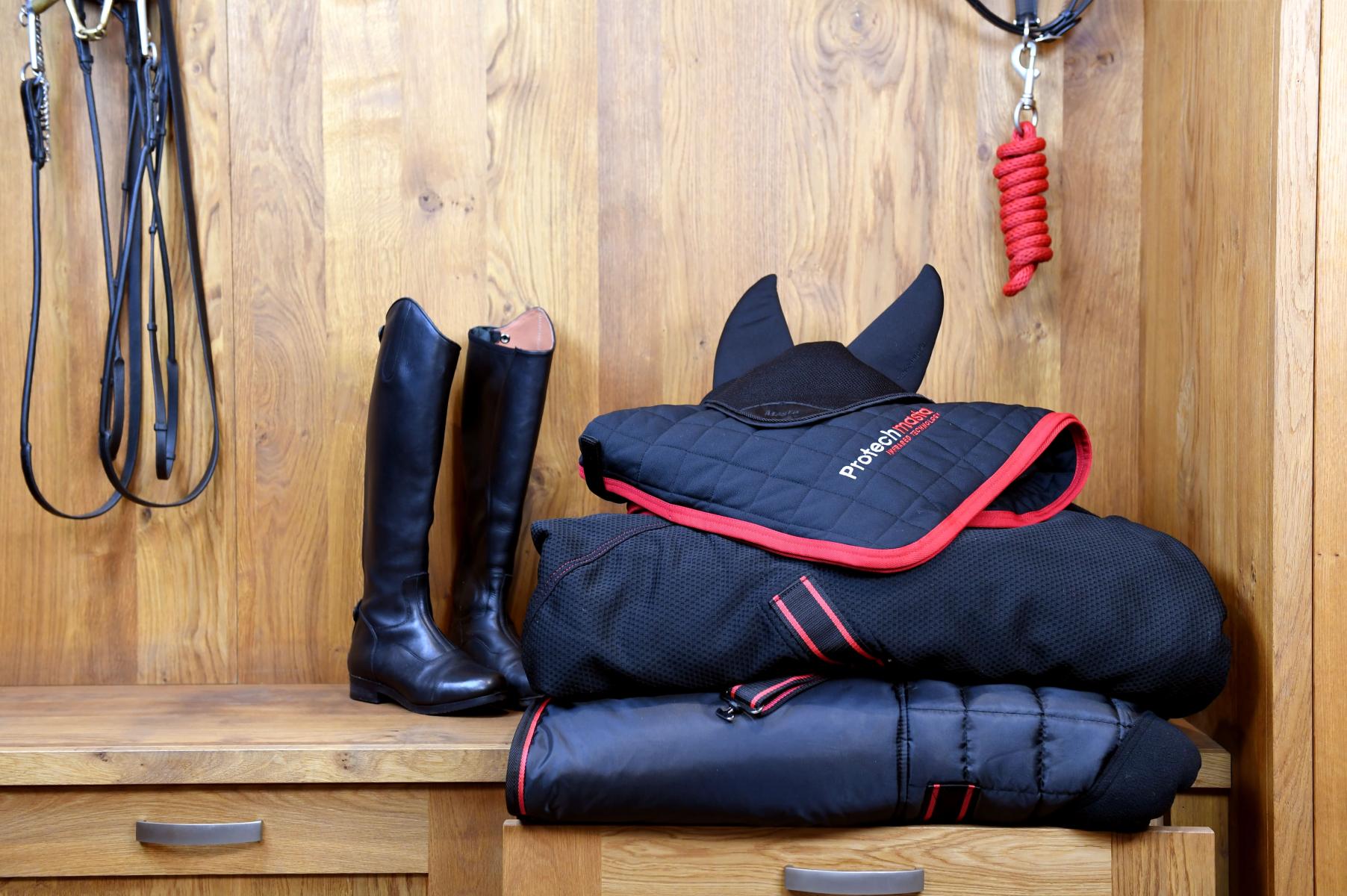
Packing a well-organised competition bag is essential for a smooth and successful experience at equestrian events. We all have been there when one glove decides to go on a walk! Or you’ve managed to dirty your crisp white breeches. Make sure with the smaller items to pack a spare, you never know when you may need them!
Any last minute grooming products like coat gloss & mane & tail spray, ensure you have enough to last the show. Anything possible to snap like stirrup leathers etc, it would be a good idea to pack spare also. Try to think of the bigger items to pack first such as saddle, bridle, girth, tendon boots, and the smaller items.
Is your safety gear abiding with new safety regulations? New standards are in circulation so make sure you are not caught out as organisations will check before competing. Lastly, do a final check and then check again before you leave!
Competition wear checklist per discipline:
Show jumping:
- White breeches
- Show shirt
- Show Jacket (Navy/Black- Tweed at lower levels)
- Black long leather boots
- Gloves
- Hairnet
- A correctly fitted and approved riding hat
See the eventing rules for more details on the regulations.
Cross country:
- Beige, buff or white breeches
- Base layer
- Cross Country shirt (with your colours)
- Long leather boots – brown or black, or gaiters with short boots
- Spurs (if needed) – spurs are only compulsory in Advanced and all FEI 2*, 3* and 4* dressage tests.
- Gloves
- Hairnet
- A correctly fitted and approved Jockey skull cap
- A correctly fitted and approved Body protector
- air jacket to wear over your body protector
- A whip if necessary – it must not be any longer than 75cm
See the eventing rules for more details on the regulations.
Dressage:
- White or beige breeches
- Stock shirt
- Stock
- Show jacket (Navy / Black - Tweed at lower levels)
- Black long leather boots (polished)
- Gloves
- Stock pin
- Hairnet
- A correctly fitted and approved riding hat
See the eventing rules for more details on the regulations.
Ensure you’re insured

Insurance is highly important when competing at equestrian events. It provides financial protection and peace of mind in case of unforeseen events or accidents. With so many insurance covers available it’s hard to decide which one you may need for your eventing purposes.
Here’s a brief summary:
Public Liability with Affiliated Event Cover
It’s good to make sure your insurance coverage extends to participation in equestrian events with your horse. These events often involve various risks and potential liabilities, making insurance an important aspect of responsible horse ownership and participation in equine activities.
Riders can add affiliated event cover (British Eventing, British Dressage, British Showjumping and British Show Horse Association) to their public liability insurance with our Gold Plus membership.
Fracture Cover
Fracture cover is a type of insurance that provides financial protection for equestrians in the event they sustain fractures or breaks during horse-related activities. Fracture cover can offer peace of mind to eventers, enabling them to enjoy their event without constant worry about potential injuries and their financial consequences. It's important for riders to carefully review the terms and conditions of any rider fracture cover policy, understanding the specific coverage limits, exclusions, and conditions.
Vet Fees Cover
Vet fees insurance is crucial for horse owners, especially when participating in events. Eventing involves various risks and challenges that can lead to injuries or illnesses in horses. Eventing activities which include dressage, cross-country, and show jumping, expose horses to potential injuries. Vet fees insurance helps mitigate the financial burden of unexpected medical expenses that may arise from accidents, falls, or other event-related incidents. Make sure to check which types of injuries are and are not included in your policy terms.
Horsebox/Trailer Insurance
If you’re travelling with a horsebox or horse trailer; if you do not obtain a HGV licence, make sure you check the weight you are eligible to tow and that your cover is up to date. Avoid getting stranded without transport to and from events in case of accidental damage or theft. Horsebox or horse trailer insurance may help with the costs of hiring an alternative trailer and help cover the cost of getting the horse and trailer home too.
Expert tip: “Having insurance is always an important element, for yourself; the horse and other members of the public too. You can't be too safe”.
Shaun Malpass: Equine Yard Manager - Askham Bryan College
Take care of your health
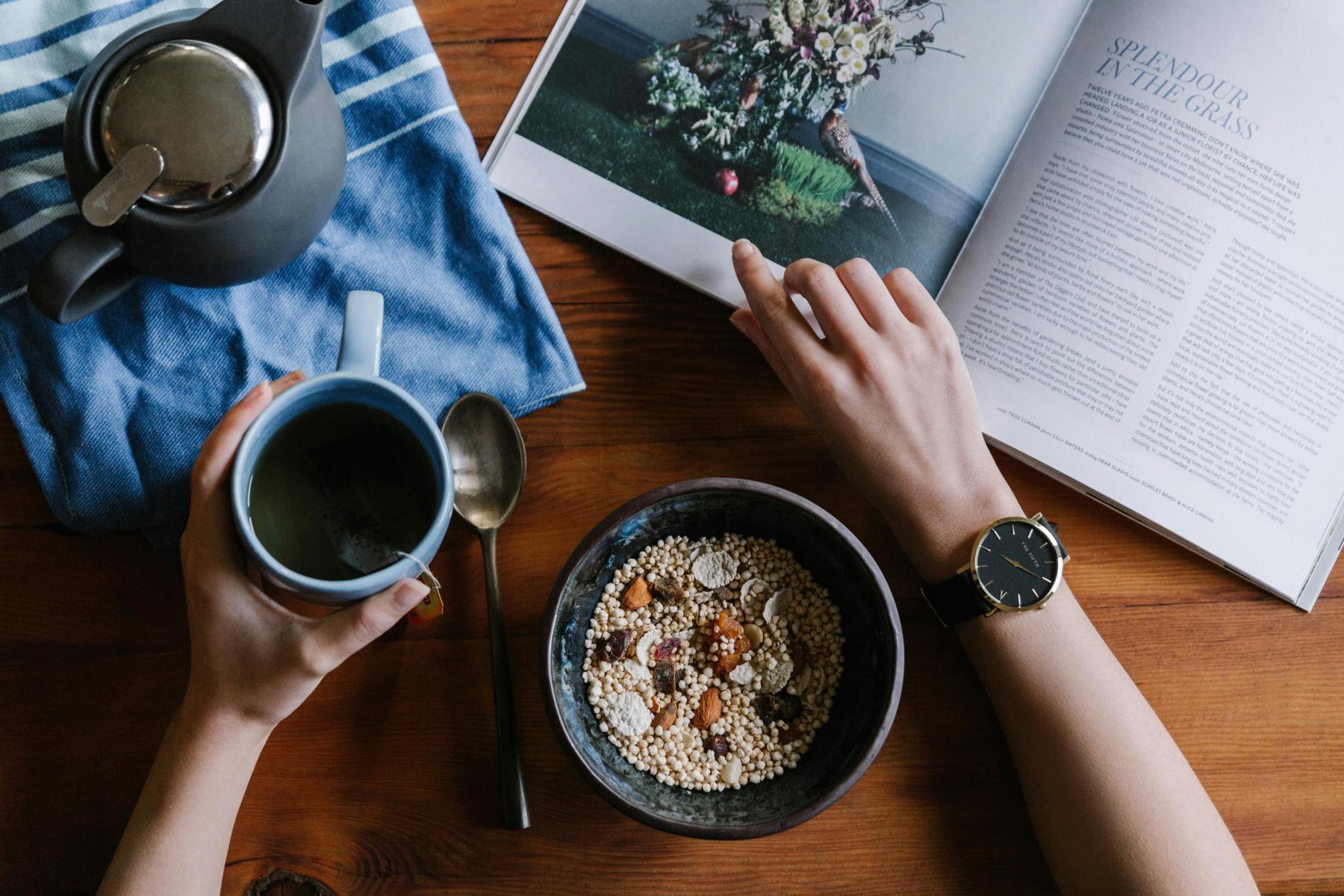
Now we are coming into the eventing season and warmer weather, we all need to get fitter as well as our horses! Riders, whether they are involved in dressage, Show Jumping, Cross-Country, or any other equestrian discipline, benefit from exercises that enhance strength, flexibility, balance, and coordination.
Both pilates and yoga are excellent forms of exercise for riders, offering a range of physical and mental benefits that can enhance the rider's performance in the saddle. This is due to improving core strength, flexibility, posture, balance & coordination. Whilst exercise is fantastic, you also need to consider nutrition. If you plan healthy meals and workouts, you will be able to notice a positive difference in your riding.
Expert tip: “It's not only the horses that must get fit, I start working on my own fitness at the start of the year too. I run and go to the gym to build up my fitness for the season”.
Shaun Malpass: Equine Yard Manager - Askham Bryan College
Mental preparation
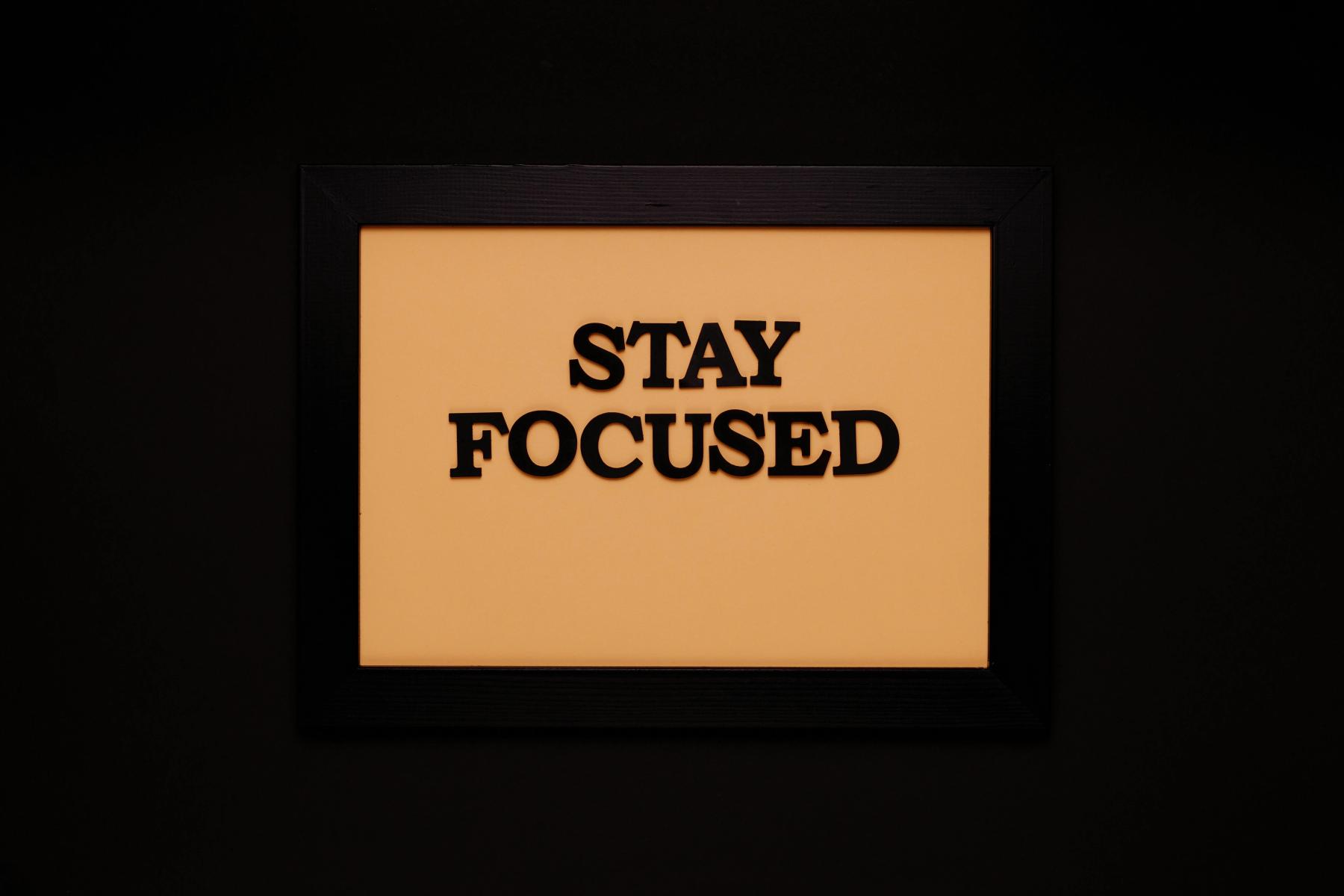
Eventing is a demanding and multi-faceted equestrian discipline that requires focus, confidence, and resilience. Eventing involves three distinct phases (dressage, cross-country, and show jumping) that demand different skills and levels of concentration.
Since horses are sensitive to their rider's emotions and energy, it’s important to build trusting partnerships that enhance communication and cooperation during the event.
Mental preparation fosters a calm and confident demeanour, helping riders build trust with their horses. Competing in eventing can be nerve-wracking, especially when facing the various challenges of cross-country jumps and show jumping courses. Techniques, such as visualisation and controlled breathing, can help riders manage anxiety and nervousness. Mental preparation helps riders stay focused on the task at hand, allowing them to perform well in each phase.
We asked human performance psychologist about his advice on eventing preparation, here’s what he said:
There are many aspects to competing successfully but one of the most important is pre-event mental preparation. Not only can it help with performance but may also help you to feel more relaxed and enjoy the event. Dr Phillip de Prez, Human Performance Psychologist, said this key stage of performance is often overlooked or given little attention. Everyone is unique so there may not be one general specific way to prepare but different ways for different people.
There are several elements that are part of this preparation process. Each part is an integral part of the next:
- when to prepare
- how to prepare
- reflect after the event on how effective the preparation was
When to prepare?
When do you begin to prepare for the next event? Is it days before an event, the hours before or minutes before competing. Follow your routine if you have one. Or, take a stage-like approach which can then become part of your preparation process.
How do you prepare?
This can vary greatly depending on the person. Some people prefer a more social approach being with other people at the event, others may wish to be more alone with quiet time. Many people I coach put together a music playlist with songs that inspire and motivate them or are on social media telling followers of their progress at the event.
Reflect on the process
This is a very important part of preparation as it allows the effectiveness of any interventions put in place to be assessed and evaluated. In my experience coaching riders, I find it best to reflect not directly after the event but maybe a few days later. Careful not to leave it too long though, so you still have a clear memory of the event. Try different approaches on how to prepare and see which one works for you! Remember reflection should be a positive experience!
While mental preparation is important, the most important thing is to enjoy the event and be safe.
Expert tip: “I take note of what the judges say and what they think needs work, but I don't focus on it too much. I am a firm believer that you ride what you've got on the day and it may be something you don't experience with them again. Judges' comments are constructive but not always accurate to your horse's "normal" way of going, so don't take them to heart too much. Videos are great too! They can show you how the horse looked versus how it felt and it's good to compare the two. You may feel it felt awful, but it could look great. The judge never knows how your horse feels”.
Shaun Malpass: Equine Yard Manager - Askham Bryan College
Have your support network
Building a strong support network is essential for success in the eventing season. Surround yourself with friends, family, and fellow equestrians who understand the demands of the sport and can provide encouragement and assistance along the way. Forge relationships with trainers, coaches, and stable staff who can offer valuable guidance and support throughout your journey. By working together as a team, you'll not only receive the help you need but also share in the joys of achievement and overcome challenges more effectively.
Set your eventing goals
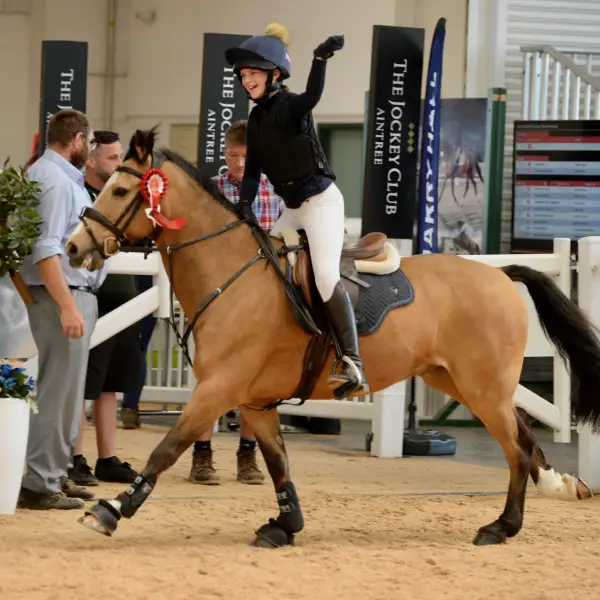
Goal setting is crucial in eventing, as in any other equestrian discipline, for several reasons. Setting clear and specific goals helps riders focus on what they want to achieve in each phase. It also provides a sense of direction and purpose in their training and competition efforts. Set small goals that help encourage and keep you motivated throughout the season.
Logging and tracking your goals in eventing is an important practice to help you stay organised, motivated, and focused on your progress. Create a physical or digital log to record your goals, progress, and achievements. Include sections for each discipline and corresponding goals, with space for notes and reflections.
Expert tip: “I never set goals too big, some can become unrealistic and it's deflating when they don't work out. Every horse has potential in different areas, so depending on what they're good at, depends on what goals they'd set. I have evented up to 2* on a previous horse which was never a goal I set as such, but used the horses potential to step through the levels”.
Shaun Malpass: Equine Yard Manager - Askham Bryan College
Learn your dressage test off by heart
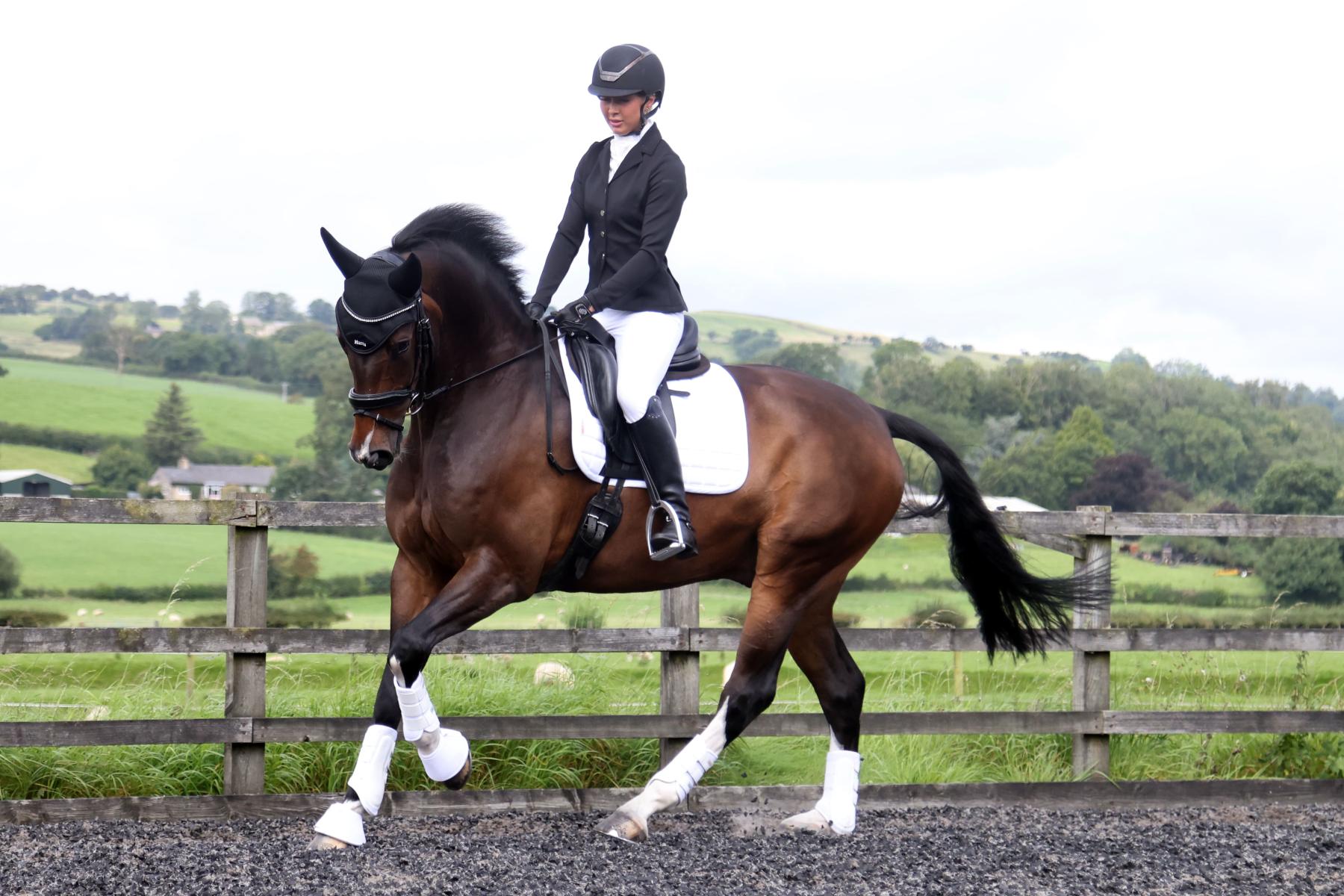
Learning a dressage test thoroughly is essential for a successful and confident performance in competitions. Some competitions may have a reader calling the test out; however the higher level you progress to, you do not have a reader. Here are some great ways to be able to memorise the test:
- Read it through once to familiarise yourself
- Visualise the test pattern in your mind.
- Identify key markers, letters, and transitions between movements.
- Either physically or mentally ride through the test to develop a sense of the flow and sequence.
- Divide the test into manageable sections and practice riding each section in sequence. This helps reinforce the test's flow and allows you to focus on specific parts that may be challenging.
- Use the letters and markers in the arena as reference points for transitions and movements. This helps with precision and ensures that you stay on the designated track.
- Video yourself when you’ve been through the test at least once.
- Once learnt, make sure you have carried out the test adequate amount of times before the event so you feel prepared and comfortable.
Familiarise yourself with the Cross Country course
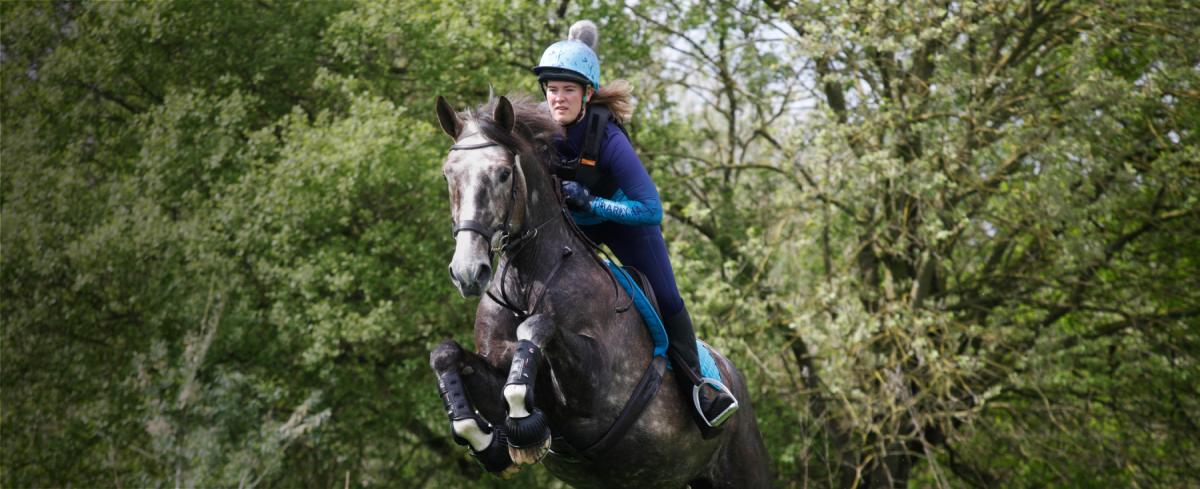
Preparing for the cross-country phase of eventing requires thorough familiarity with the course and strategic planning to navigate its challenges effectively. No Cross Country course is the same so read our tips and plan ahead:
- Walk the course multiple times to familiarize yourself with the terrain and obstacles.
- Study the course map and visualize riding lines for approaching each fence.
- Identify key features such as terrain changes, water obstacles, and technical combinations.
- Memorize the layout of the course and note any challenging sections or potential pitfalls.
- Practice riding similar lines and approaches in training sessions to build confidence.
- Consider the capabilities and experience level of your horse when devising your strategy.
- Be prepared to adapt your plan based on conditions on the day of the event.
- Discuss your strategy with your coach or trainer to gain valuable insights and feedback.
- Ensure your horse is adequately prepared physically and mentally for the demands of the course.
- Stay focused and maintain a positive mindset as you tackle each obstacle on the cross-country course.
Enjoy your day and good luck!
Don't let the common eventing problems get in your way, instead plan ahead when thinking of competing in an eventing season. Carefully pick your events suitable to the level of you and your horse whilst incorporating being aware of location and cost. Make sure you stand out by being the cleanest and shiniest in the class by carrying out a step by step pamper routine!
Stick to your health checks and exercise regimes and don’t forget to take out the right amount of insurance you need! Most of all, enjoy your day and good luck!
Expert tip: “If you have planned and ticked all the preparation boxes your day should be smooth running so enjoy it! This is a hobby to most so win, lose or a training day, come home with a big smile and a pat for your horse. All levels have learning, note some takeaways for homework and work on these before the next event”.
Tamsin Drew: Amateur Event Rider
Experts:
Shaun Malpass, Equine Yard Manager, Askham Bryan College
Tamsin Drew, Amateur Event Rider
Dr Phillip de Prez MSc, PhD, PGCPD, ABP, AC, APA, FHEA: Human Sports Psychologist
